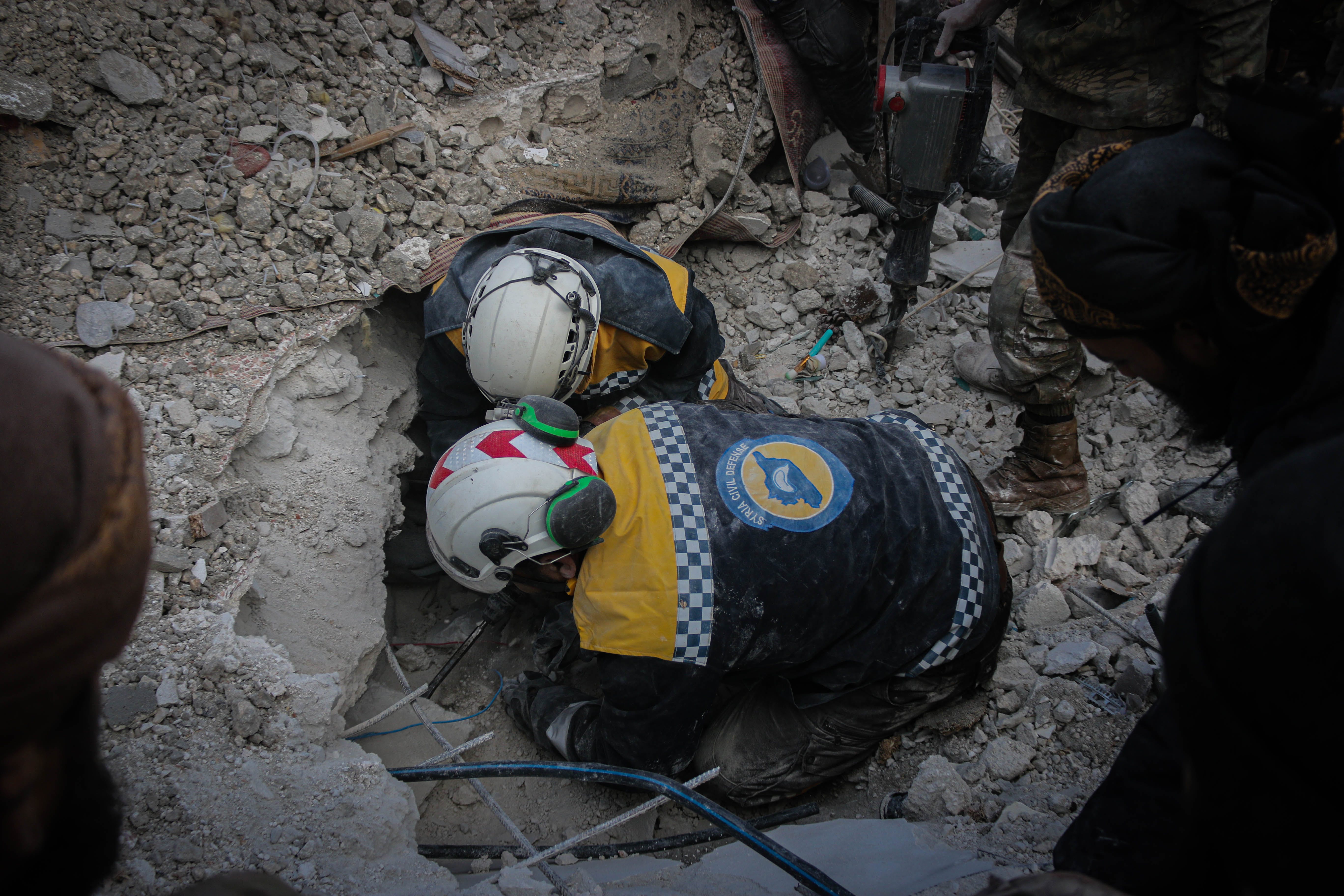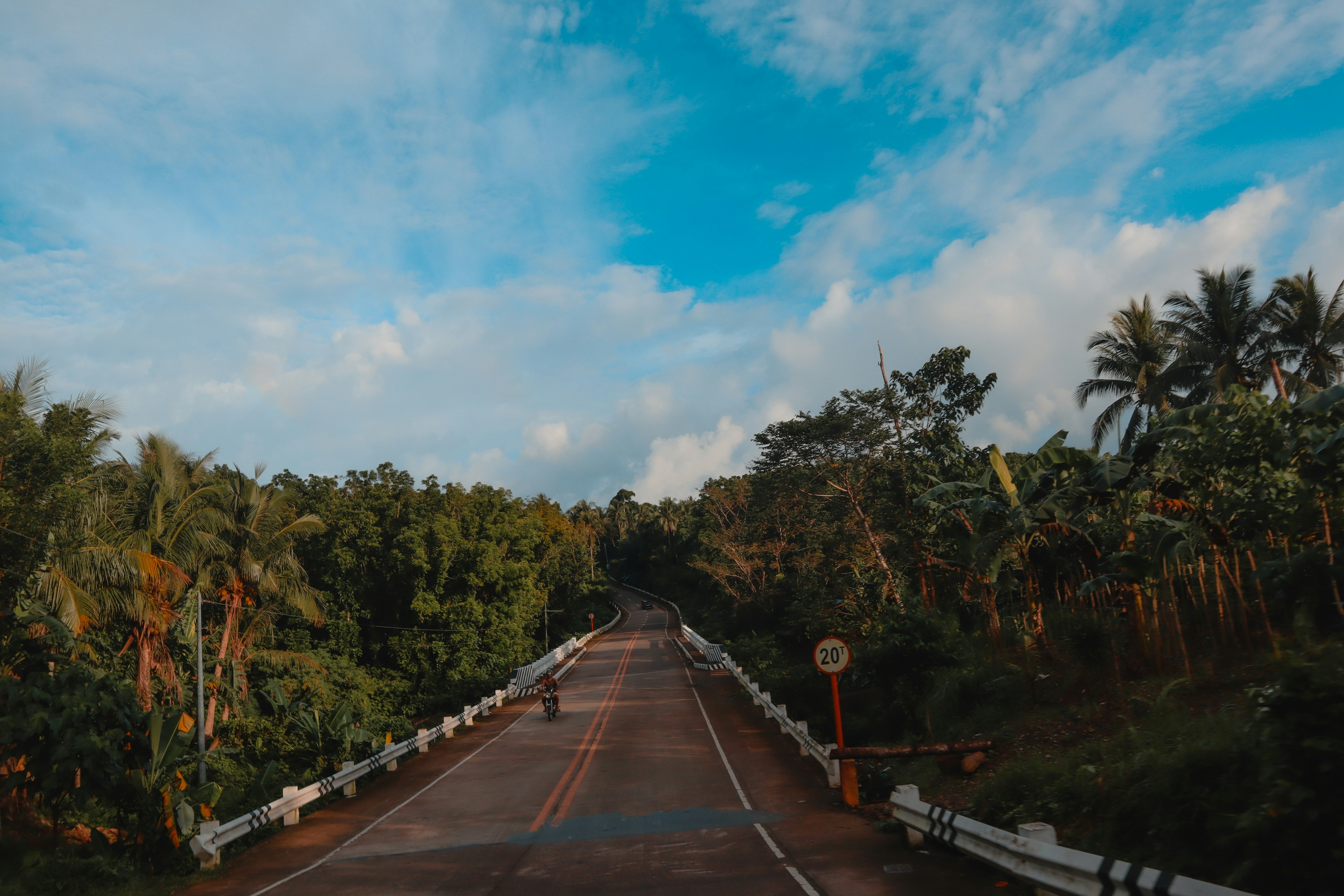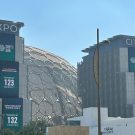Worst-case scenario planning
While many leaders try to furiously pump the brakes on the lurch towards a disastrous war on the Korean Peninsula, the brinksmanship between Donald Trump and Kim Jung-Un continues to escalate.
It is difficult to gauge the exact level of risk in the outbreak of conflict, but following the worst-case scenario planning mindset of defence departments could be prudent for humanitarians. Despite being ominous, disaster planning might be necessary because being anything less than fully prepared to provide relief in the eventuality of a war would be a disaster in and of itself. Humanitarian resources are already stretched thin due to famine and conflict on the horn of Africa, Yemen and the continuing tragedy in Syria. There are also almost 75 million people living on the Korean Peninsula and the US Secretary of Defence James Mattis has warned that any outbreak of conflict would “probably [be] the worst kind of fighting in most people’s lifetime.”
The UN Office for the Coordination of Humanitarian Affairs (OCHA) have noted that North Korea is not a classical humanitarian crisis but instead has persistent, protracted needs. 10.5 million people, or 41% of the population are currently undernourished, and 18 million people are vulnerable to food insecurity. The humanitarian situation involving chronic food insecurity, lack of access to basic services and recurrent natural hazards is already precarious. If conflict were to occur, the humanitarian crisis would be gravely compounded.
Some of the many issues humanitarians would likely grapple with while disaster-planning for such a crisis have been areas of focus for organisations like Humanitarian Advisory Group.
Protection in a nuclear and chemical weapons context
In the most-dire of scenario planning, recognising that any humanitarian mission on the Peninsula might not only be operating in areas of conflict, but also in instances of chemical exposure and nuclear fall-out would be paramount. The risk of chemical weapon usage in the event of war in North Korea is considered high. Trump has also broken with all precedent on how previous U.S. Presidents have conducted themselves by issuing thinly veiled threats while discussing America’s nuclear arsenal. As such, extra precautions for both the protection of civilians and humanitarians would need to be considered.
In a Chatham House analysis about the possibility of nuclear war with North Korea, Dr Patricia Lewis noted that –
“There is no effective capacity at the international level to deliver immediate humanitarian assistance to survivors if nuclear weapons were ever to be used; humanitarian workers would have to wait for radiation levels to be safe or they will just add themselves to the sick and dying.”
One of the only recent analogous cases might be the Fukushima Daiichi disaster in 2011. While some experiences could be drawn from the disaster response, Japan is an advanced-industrialised nation that dedicated huge resources to try to control the disaster – which would contrast sharply to the response context in North Korea.
Humanitarian actors would have to leverage all possible training and support, as well as innovative technologies (such as drones in aid delivery) – to keep both civilians as well as humanitarians safe.
Humanitarianism amidst militarisation
The Korean Peninsula is one of the most militarised regions in the world. It is extremely difficult to analyse what form or shape a crisis might take. In contrast to the nuclear-scenario already discussed, strategic attacks on the Peninsula might mean trying to provide aid relief in areas where the North Korean regime could be hostile to outside – and especially Western – actors.
Australian Prime Minister Malcolm Turnbull has already declared that he would invoke the ANZUS treaty and that Australia would be obligated to support the USA in any conflict with North Korea. Humanitarian workers and agencies would very likely be operating in the same areas as multiple militaries, or have to understand ongoing military operations to keep humanitarians safe. While humanitarians and the military may traditionally eye one another warily, operating in such close proximity would necessitate the importance of enhanced dialogue and coordination.
Then there are the serious questions surrounding humanitarian action in the context of geopolitics and China. They are North Korea’s only ally, strongly support the doctrine of non-intervention and would have a deep wariness of a unified Korea as it would constitute having US-troops stationed on its land border. Disaster relief actors would be operating alongside of a growing aid supplier, but one which may be militarily involved in an ongoing conflict and who may view different humanitarian actors suspiciously.
In a debate dominated by military-aggression and arms-races, prioritising the protection of civilians and understanding civil-military relations and coordination would be highly important.
Localisation (and its difficulties)
Successfully implementing the emerging strategy of localisation could prove extremely difficult in North Korea. Mobilising resources directly to local actors in current humanitarian contexts such as Syria is already very complex and usually involves contacts and relationships that have been fostered and developed over years. North Korea’s historical isolation and absence of a well-developed civil society would mean finding organisations on-the-ground could be almost impossible. While there was a small surge in relief programs after the 2016 floods in North Hamgyong Province, many humanitarian organisations had ceased working in-country even before tougher UN sanctions led to an almost complete stop in foreign aid. Furthermore, China, who would most likely be heavily involved in disaster relief and response, also lacks recognisable non-government organisations to potentially partner with.
Even localisation utilising South Korean organisations could encounter huge obstacles. Although they share a common language, South Korean relief organisations could be viewed through an ideological lens, labelled as hostile and face a host of operating issues. If the worst were to pass, localisation, when possible, would have to be enacted with nuance to reflect the complex circumstances on the Korean Peninsula.
Humanitarian responders are dealing with an increasingly complex and hostile environment across the globe, but conflict in the North Korea could present altogether different risks and dangers. If tensions do de-escalate and tragedy is averted, highlighting the topics of protection, military coordination and localisation can still help humanitarians work through issues emerging in all relief contexts – as well as shedding some light on the current humanitarian situation in North Korea.
Nicholas Ross is a graduate of the Master of International Relations (Dean’s Honours) at the University of Melbourne.
Picture source: VOA News






